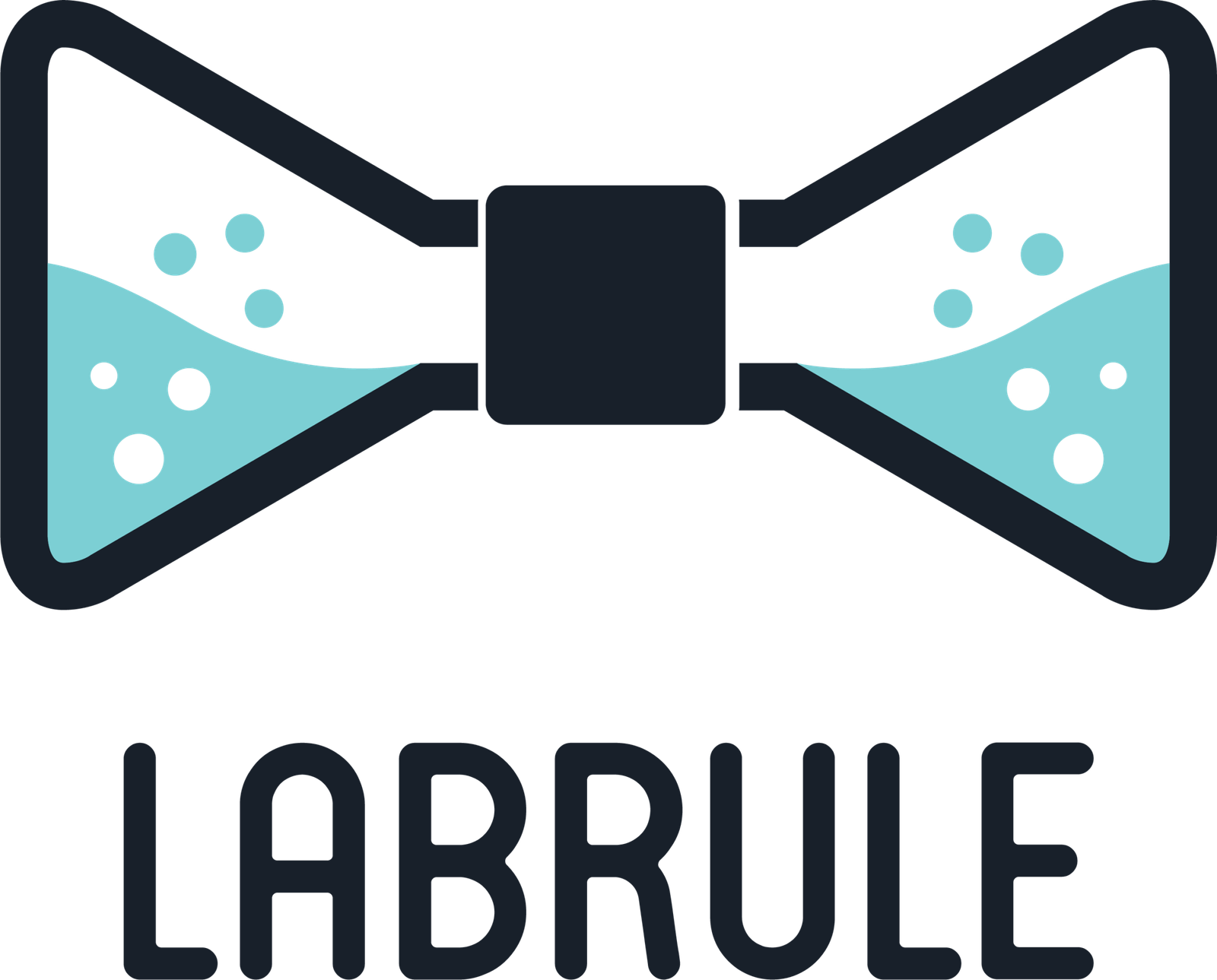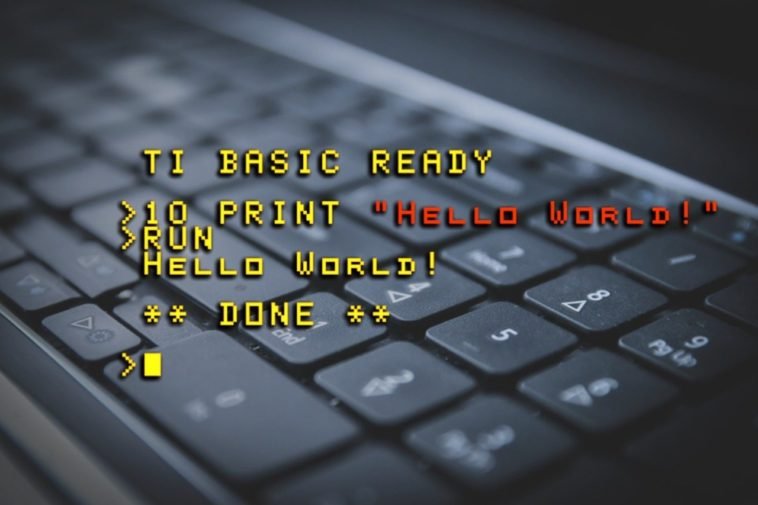CAMBRIDGE, MA – In what’s being hailed as a major breakthrough in the field of artificial intelligence, computer science major Adam Wilcox announced Thursday that he has successfully coded a revolutionary new AI system that can print the words “Hello World” on a computer screen.
Developed over 14 sleepless weeks in his cramped dorm room, Wilcox’s cutting-edge AI, nicknamed “H-World,” represents a massive leap forward from current AI capabilities. The innovative system was created using complex algorithms that parse together two whole English words into a complete syntactically coherent phrase. “This is the most advanced artificial intelligence anyone has ever developed,” said an excited Wilcox while gesturing proudly to his computer displaying the black pixels forming the letters H-E-L-L-O-W-O-R-L-D in the terminal.
“Other AI labs are still working on getting their systems to print ‘Hi’ or some randomized garbled characters. But my AI can go beyond simple tricks and actually say a proper greeting to the user.” Wilcox demonstrated H-World by running his Python script, causing the algorithm to process for 15 seconds before printing “Hello World” on the next line just as designed. Observers marveled that the AI could pull two relevant words from its training data, arrange them into a sensible string, and then display this phrase on demand whenever the program is executed. “
Most cutting-edge natural language systems today can maybe manage a word or two on a good day,” continued Wilcox, tabbing over to another file where H-World’s complex neural network code is laid out in meticulous detail. “But H-World represents the next evolution of AI with its ability to combine multiple words to form a short, coherent thought all by itself. This is the future.”
While AI experts agree Wilcox’s achievement is impressive, some are quick to note H-World has its limitations, as the system only ever prints “Hello World” and cannot hold an actual conversation or respond dynamically to questioning. “Yes, Mr. Wilcox’s Hello World program is quite an accomplishment for a college student,” said Dr. Sandra Nguyen, an AI professor at Stanford University not involved with the research.
“But it should be noted this AI has extremely narrow capabilities outside of printing those two words. I doubt H-World could ever pass a Turing test or make it far in Jeopardy! like more advanced natural language processing systems today.”
Nonetheless, Wilcox remains confident he is on the path to developing a true artificial general intelligence, predicting he will have an AI capable of rudimentary conversation within 6 months and human-level sentience by next year. He also hinted at plans to sell or license the revolutionary H-World code to major AI companies, valuing the software at over $35 million dollars.





